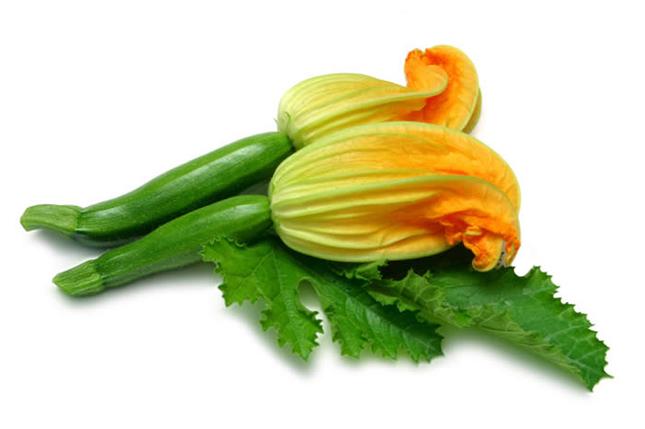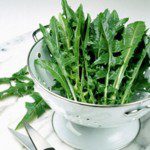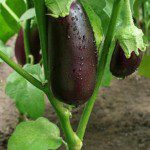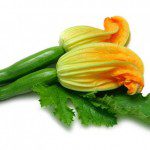From the spring through the early summer, farmers markets around the Washington area swell with the season’s bounty. From asparagus and strawberries to fresh lettuce, zucchini and eggplant, there is a certain sensation about being able to simply eat nature’s offerings right out of the ground that is unique from other seasons. Perhaps it is the soft, crisp seasonality of these fruits and veggies, which lend themselves to a myriad of flavor sensations, but the varieties and flavors of local produce are stunning. They awaken a spirit within us of a more primal nature—and one that also wouldn’t mind drizzling olive oil and basil over a sliced red tomato and kicking back with a bottle of Viognier.
Farmer’s markets, simply put, offer the best and freshest produce in the area. And with more than 160 farmers markets in and around the nation’s capital, you’re sure to find one no matter where you are or what day you shop. Farmers empty their trucks of recently harvested produce throughout the week, coming in from Delaware, Pennsylvania, Maryland, Virginia and West Virginia with more than just fruits and vegetables, but local honey, homemade jams, fresh flowers, artisan bread, and even local meat and cheese.
Here’s a guide to what to look for from your local farmers in farmer’s markets now, as well as a few recipes from local farmers.
Lydia’s Fields is a Wheatland, Va., based farm that sells their produce at Arlington Courthouse Farmers Market in Va. and the Market at UMD in College Park, Md., as well as supplying restaurants around the area. Marsha, who helps run the farm, has a long list of her veggies to watch right now: kohlrabi, Swiss chard, squash blossoms, escarole, cucumbers, summer squash and eggplant are all on her list, with a few other curveballs. Dandelion greens, for instance, are a dense and bitter green leaf that looks like a weed—in fact, it is a weed—but is known throughout the farming community for its nutritional value, loaded with vitamin A and calcium. If you cook them the right way and pair them with the right ingredients, they become a unique and tasty treat. Because the greens are bitter, they pair perfectly with rich flavors: think goat cheese, egg yolk, bacon, potatoes.
A long-standing favorite of many farmers is also kale—resilient and hearty, it is as nutritiously dense as it is tasty. Red Russian kale is a slightly softer variety which cooks faster and, if you can acclimate yourself, is even edible raw.
Marsha’s recipe for red Russian kale salad is a winner. For the dressing, mix tahini with olive oil, pressed garlic, salt and pepper (think of it as hummus dressing), and squeeze a good amount of lemon over the kale about fifteen minutes beforehand to soften. Mix the greens with the dressing, and toss with roasted pine nuts, dried cranberries or raisins, and even chickpeas for texture, then serve as a starter salad or eat with a hunk of artisan bread for lunch. There’s easily enough flavor and nutrition in there for a light meal.
Francis and Jean of Roland’s Farm operate their small plot in Friendly, Md., and they have been bringing their produce to the Arlington Farmers Market since it opened in 1979 with eight small vendors in the courthouse Judge’s parking lot. Like many local farmers, they remind us of the earth from which our food comes, offering the ripest cucumbers, yellow wax beans, turnips, cabbage, and herbs plucked fresh from the land.
Gardeners Gourmet is a farm in Westminster, Md., that sells their produce at the farmers markets at Dupont Circle and Eastern Market. While they offer a variety of delicious vegetables, and other occasional treats like rhubarb squares, Gardeners Gourmet is renowned for their greens: mesclun, spinach, arugula, indigo frisee, pea shoots, sorrel and many others. The rich lemon-flavored sorrel serves as a unique bed for grilled or roasted fish, and as the juices drip down it form a natural sort of citrus dressing. Pea shoots are wonderful sautéed with eggs, and the spicy indigo is a great addition to a salad mix with real kick.
Abundant stalks of basil, which are present at almost every farmer’s stall, beg for fresh pesto, and most of the market purveyors are happy to discuss their personal variations. Chad, who works for Laurel Grove Farms in Westmoreland, Va., substitutes pine nuts with sunflower seeds—it’s a unique flavor experience, a little easier on the wallet, and wonderfully nutritious. You can try substituting basil for sage, adding olives or sundried tomatoes, or combining a mix of herbs.
The bottom line is: the year’s best produce is happening right now. Run to the nearest farmers market and pick it up while you can. The coming weeks will see the arrival of peaches and tomatoes, and with that whole new worlds of culinary delight. What are you waiting for?






